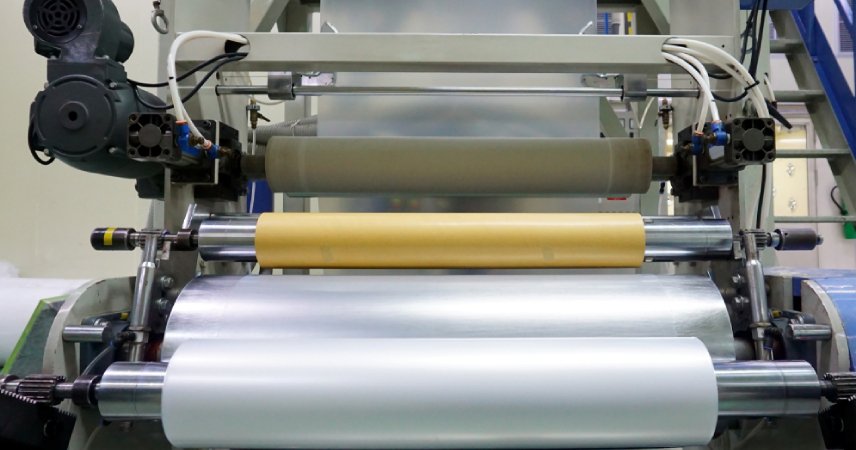Introduction
In the world of flexible packaging, blown film extrusion is one of the most widely used processes to produce plastic films. These films are the backbone of industries such as food packaging, agriculture, pharmaceuticals, consumer goods, and industrial wrapping. Among different types of blown film lines, the MonoLayer Blown Film Plant stands out as a cost-effective and versatile solution for manufacturing high-quality single-layer films. This blog will take you through everything you need to know about a mono-layer blown film plant—its working principle, applications, advantages, and why it remains a preferred choice for small- to medium-scale production.
What is a MonoLayer Blown Film Plant?
A MonoLayer Blown Film Plant is a type of plastic extrusion machinery that produces single-layer polyethylene (PE) films through the blown film extrusion process. Unlike multilayer plants that combine several extruders to produce co-extruded films, a monolayer plant uses just one extruder and one die head to create films. These films are widely used in industries for applications where complex barrier properties are not required.
Working Principle of a MonoLayer Blown Film Plant
The working of a mono-layer blown film plant can be explained in simple steps:
(1) Extrusion – Plastic raw material (usually LDPE, LLDPE, or HDPE granules) is fed into the extruder hopper. The screw inside the barrel melts and homogenizes the material with the help of heaters.
(2) Die Head & Film Formation – The molten plastic is forced through a circular die head to form a thin tubular film (also called a bubble).
(3) Blowing & Cooling – Compressed air is introduced through the die to inflate the tube. Simultaneously, cooling air rings solidify the film.
(4) Haul-Off & Flattening – The bubble is pulled upward by nip rollers and collapsed into a flat film sheet.
(5) Winding – The finished film is wound into rolls for easy storage and transport.
Applications of MonoLayer Blown Film
Mono-layer films are versatile and used across industries. Common applications include:
Packaging Films – Bags, liners, and wrapping films.
Agricultural Films – Mulch films, greenhouse covers.
Industrial Uses – Shrink films, protective covers.
Household Products – Garbage bags, carry bags.
Food Packaging – Bread bags, milk pouches (in some regions).
Advantages of MonoLayer Blown Film Plant
Cost-Effective Setup – Lower investment compared to multilayer plants.
Easy to Operate – Simpler machine design, user-friendly operations.
Flexibility – Can process LDPE, LLDPE, and HDPE.
Low Maintenance – Fewer components reduce wear and tear.
Suitable for Small-Scale Production – Ideal for local packaging manufacturers.
Choosing the Right MonoLayer Blown Film Plant
When investing in a mono-layer blown film plant, consider these key factors:
Production Capacity – Check output in kg/hr to match your business needs.
Film Width – Ranges from 100 mm to over 2000 mm depending on the machine.
Material Compatibility – Ensure it supports LDPE, LLDPE, and HDPE.
Energy Efficiency – Modern plants come with energy-saving heaters and drives.
Automation Level – Basic manual controls vs. advanced PLC-controlled systems.
Future of MonoLayer Blown Film Plants
While multilayer films dominate the high-performance packaging segment, mono-layer blown films will always have strong demand in local and cost-sensitive markets. With increasing innovations in bio-plastics and recyclable materials, mono-layer plants will also adapt to sustainable raw materials, making them relevant for years to come.


